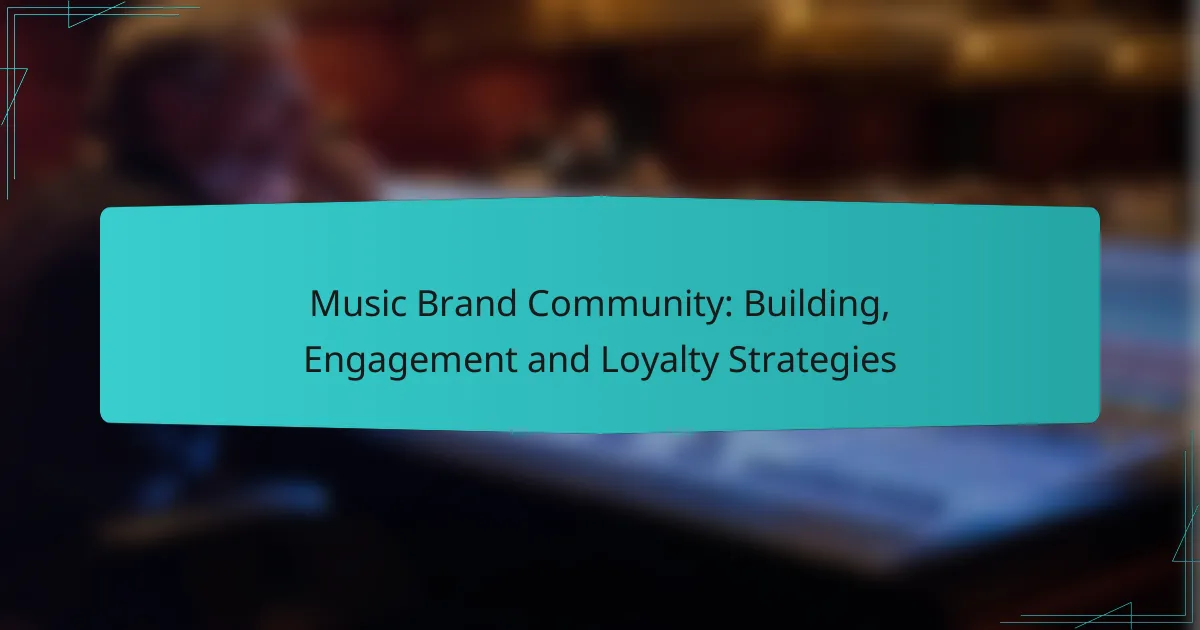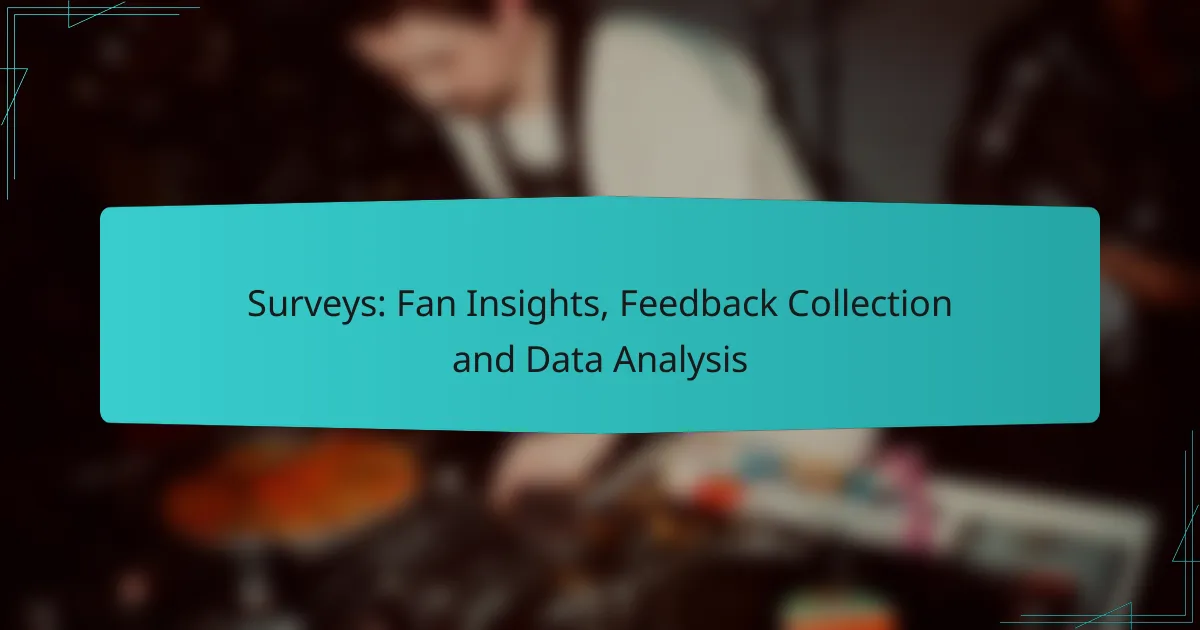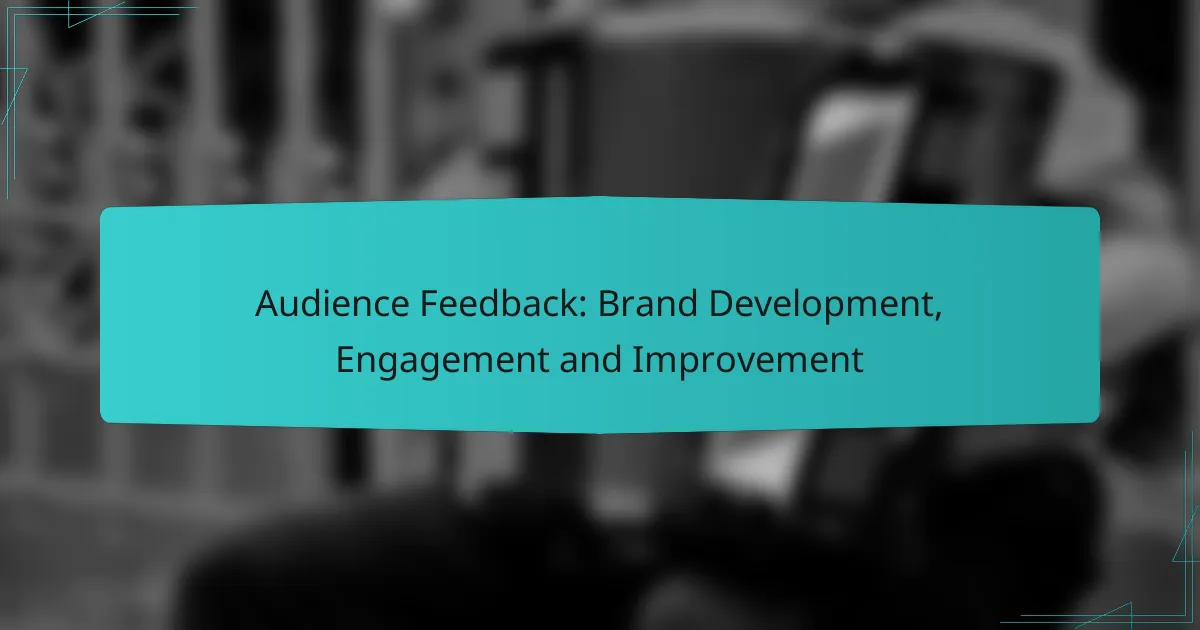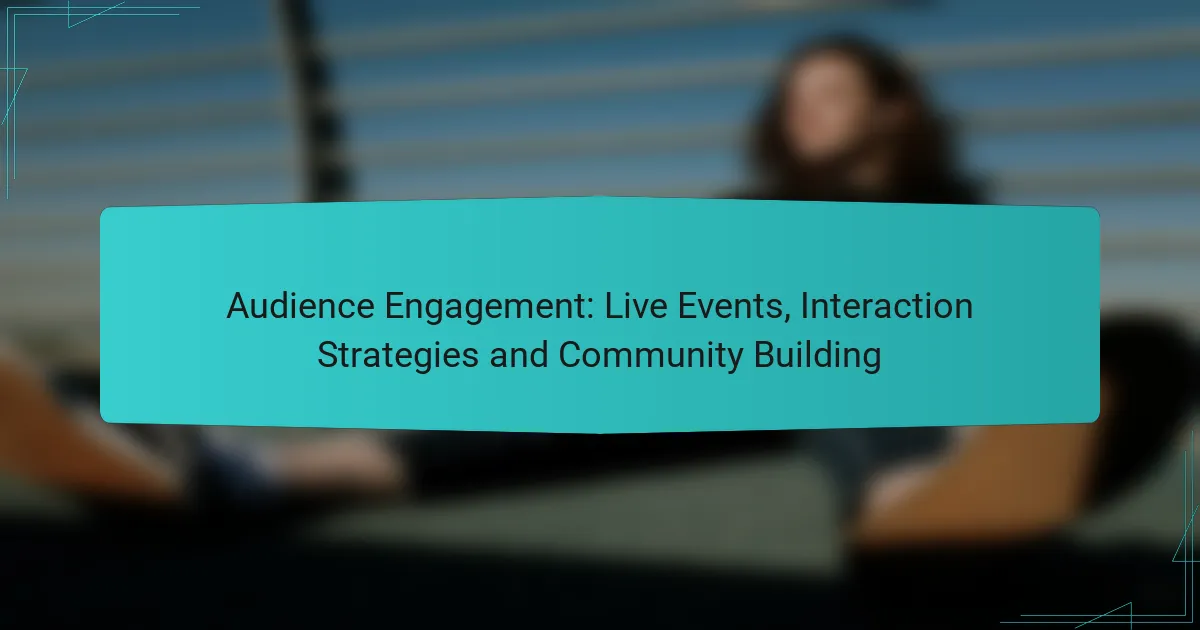Building a music brand community involves leveraging local culture and fostering connections among fans to create a sense of belonging. By engaging audiences through various channels and shared experiences, brands can enhance loyalty and strengthen their identity. Digital tools play a vital role in this process, facilitating communication and interaction among music enthusiasts, ultimately fostering deeper engagement and commitment.
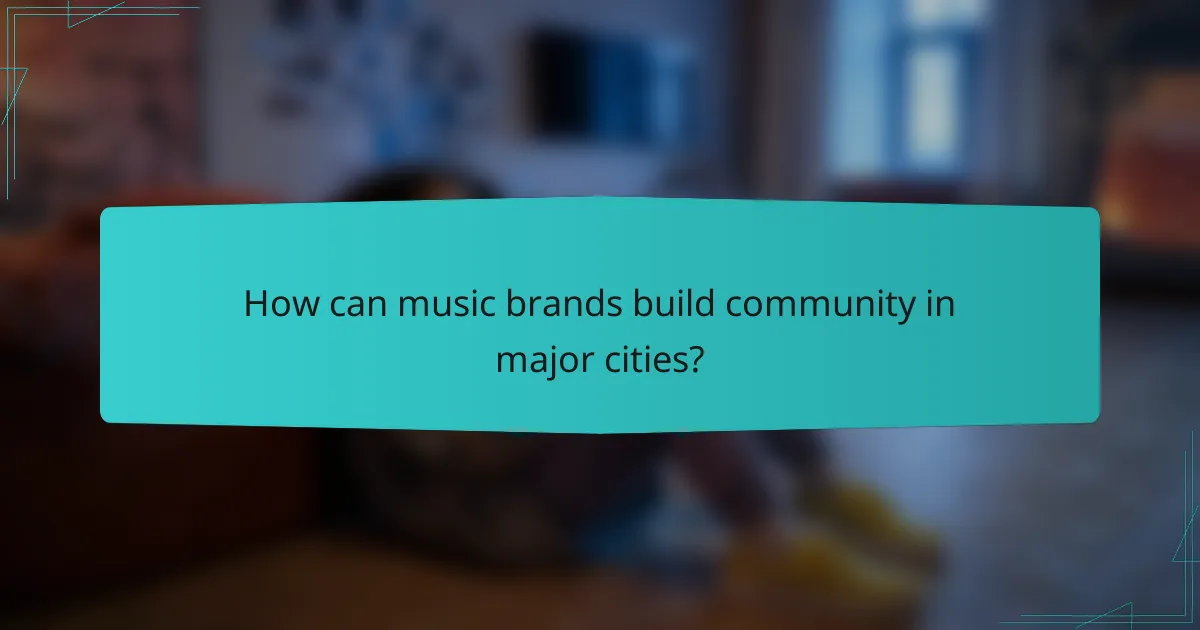
How can music brands build community in major cities?
Music brands can build community in major cities by leveraging local culture and fostering connections among fans. Engaging with audiences through various channels and creating shared experiences enhances loyalty and strengthens brand identity.
Utilizing social media platforms
Social media platforms are essential for music brands aiming to build community in urban areas. Brands can create tailored content that resonates with local audiences, such as highlighting local artists or promoting city-specific events.
Engagement strategies may include interactive posts, live Q&A sessions, and behind-the-scenes content. Brands should also encourage user-generated content by creating hashtags that fans can use to share their experiences, fostering a sense of belonging.
Hosting local events and meetups
Hosting local events and meetups allows music brands to connect with their audience in person, creating memorable experiences. These events can range from intimate listening parties to larger concerts or festivals that showcase local talent.
To maximize attendance, brands should consider collaborating with local venues or artists and promoting events through social media and local influencers. Offering exclusive merchandise or experiences at these events can further incentivize participation and strengthen community ties.
Creating exclusive online forums
Exclusive online forums provide a dedicated space for fans to connect and share their passion for music. These forums can be hosted on the brand’s website or through platforms like Discord, where fans can discuss music, share recommendations, and engage directly with brand representatives.
To encourage participation, brands should facilitate discussions, host AMAs (Ask Me Anything), and provide exclusive content or early access to new releases. This creates a sense of exclusivity and belonging, enhancing loyalty among community members.

What engagement strategies enhance loyalty?
Engagement strategies that enhance loyalty focus on creating meaningful connections between the brand and its audience. By implementing targeted initiatives, brands can foster a sense of belonging and commitment among their community members.
Implementing loyalty programs
Loyalty programs reward customers for their continued support, encouraging repeat interactions. These programs can include point systems, tiered rewards, or exclusive access to events and content.
To be effective, loyalty programs should be easy to understand and use. For example, a music brand might offer points for every purchase, which can be redeemed for merchandise or concert tickets. Regularly communicating the benefits of the program can keep members engaged.
Offering personalized content
Personalized content enhances the user experience by tailoring messages and offerings to individual preferences. This can include customized playlists, exclusive behind-the-scenes content, or targeted promotions based on listening habits.
Utilizing data analytics can help identify user preferences and behaviors. For instance, a music streaming service might recommend songs based on a user’s previous listens, increasing the likelihood of engagement and loyalty.
Encouraging user-generated content
User-generated content (UGC) fosters community involvement and strengthens brand loyalty. By encouraging fans to share their experiences, such as concert photos or song covers, brands can create a vibrant community atmosphere.
Brands can incentivize UGC through contests or features on their official channels. For example, a music brand might host a challenge for fans to create a video using a specific song, with winners receiving prizes or recognition. This not only engages users but also provides authentic content that resonates with potential customers.
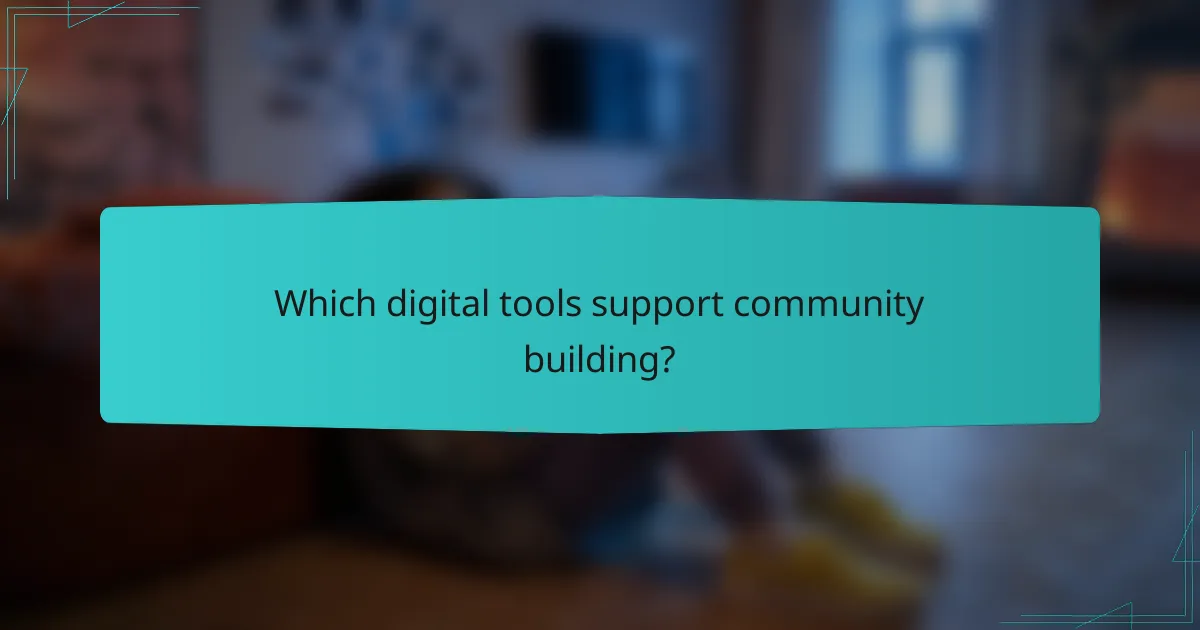
Which digital tools support community building?
Digital tools play a crucial role in fostering community building by facilitating communication, engagement, and loyalty among music fans. Platforms like Discord, Patreon, and Mailchimp offer unique features that cater to different aspects of community interaction and management.
Using Discord for real-time interaction
Discord is an excellent platform for real-time interaction, allowing music brands to create dedicated servers where fans can chat, share content, and participate in events. This immediacy fosters a sense of belonging and encourages active participation.
To effectively use Discord, consider organizing channels based on topics or interests, such as music genres or upcoming events. Regularly scheduled live chats or listening parties can also enhance engagement and keep the community vibrant.
Leveraging Patreon for exclusive access
Patreon enables music brands to offer exclusive content and experiences to their most dedicated fans. By creating tiered membership levels, brands can provide unique rewards such as early access to new music, behind-the-scenes content, or exclusive merchandise.
When using Patreon, it’s essential to communicate the value of each membership tier clearly. Regular updates and exclusive content can help maintain interest and encourage fans to remain subscribed over time.
Employing Mailchimp for targeted communication
Mailchimp is a powerful tool for targeted communication, allowing music brands to send tailored messages to specific segments of their audience. This targeted approach ensures that fans receive relevant updates, such as concert announcements or new releases, increasing the likelihood of engagement.
To maximize the effectiveness of Mailchimp, segment your audience based on their preferences or behaviors. Use engaging subject lines and clear calls to action in your emails to drive interaction and keep your community informed and connected.
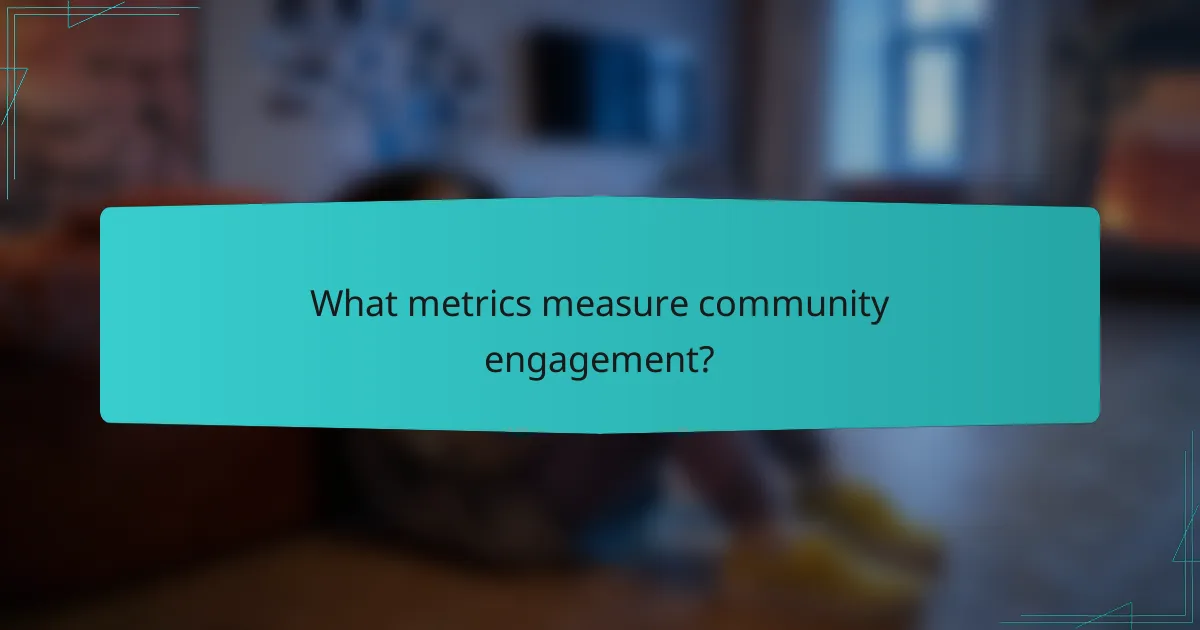
What metrics measure community engagement?
Community engagement can be measured through various metrics that reflect how actively members interact with a brand. Key metrics include social media interactions, email open rates, and event attendance, each providing insights into the level of community involvement and loyalty.
Tracking social media interactions
Social media interactions are a vital metric for gauging community engagement. This includes likes, shares, comments, and mentions across platforms like Facebook, Instagram, and Twitter. A higher volume of interactions typically indicates a more engaged community.
To effectively track these interactions, utilize analytics tools provided by social media platforms. Set benchmarks for performance, such as aiming for a 5-10% engagement rate, and regularly assess trends to identify what content resonates most with your audience.
Analyzing email open rates
Email open rates serve as another important indicator of community engagement. This metric shows the percentage of recipients who open your emails, reflecting their interest in your brand’s communications. A typical open rate for music brands might range from 15-25%.
To improve open rates, focus on crafting compelling subject lines and segmenting your audience based on preferences. Regularly review your email performance and adjust your strategies to enhance engagement, avoiding common pitfalls like sending too many emails or irrelevant content.
Monitoring event attendance
Event attendance is a direct measure of community engagement, showcasing how many members participate in brand-hosted events. This can include concerts, meet-and-greets, or online webinars. Tracking attendance helps assess the effectiveness of your outreach efforts.
To maximize attendance, promote events through multiple channels and create incentives, such as early bird pricing or exclusive content for attendees. Analyze attendance data post-event to refine future strategies and ensure alignment with community interests.
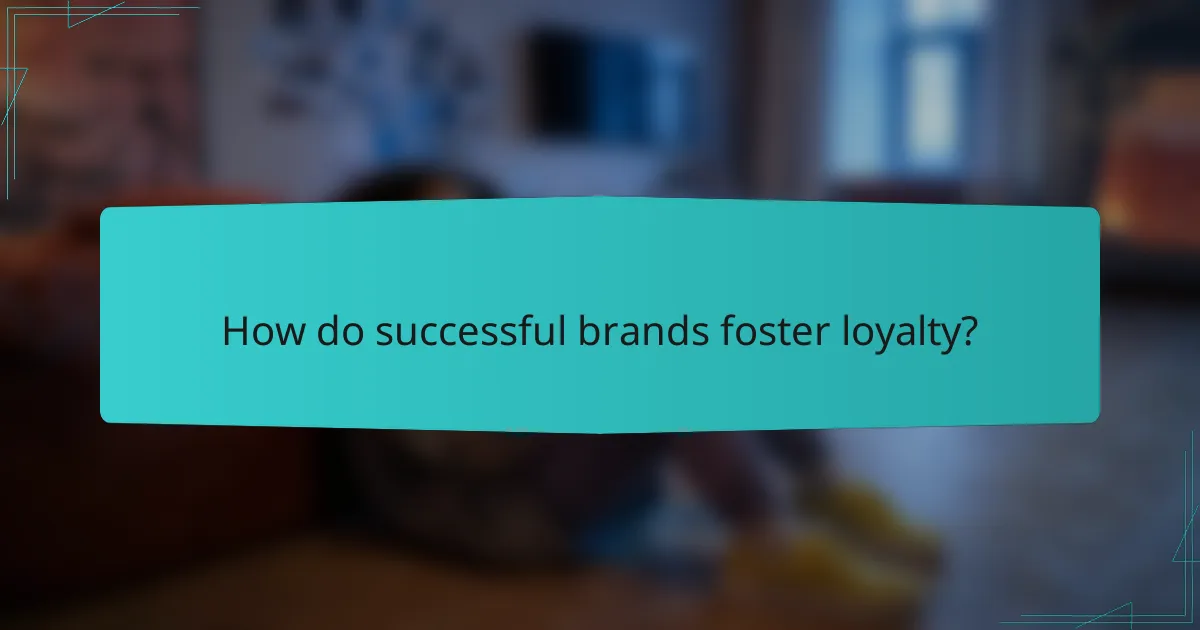
How do successful brands foster loyalty?
Successful brands foster loyalty by creating strong emotional connections with their audience and consistently delivering value. This involves engaging customers through personalized experiences, community-building initiatives, and ongoing support that resonates with their interests and values.
Case study: Bandcamp’s artist support
Bandcamp has built a loyal community by prioritizing artist support and fair revenue sharing. By allowing artists to set their own prices and offering a platform that emphasizes direct sales, Bandcamp empowers musicians while fostering a sense of ownership among fans.
Additionally, Bandcamp’s initiatives, such as Bandcamp Fridays, where they waive their fees to support artists, encourage fans to purchase music directly. This approach not only strengthens the artist-fan relationship but also enhances brand loyalty as fans feel they are contributing to the success of their favorite musicians.
Example: Spotify’s personalized playlists
Spotify cultivates loyalty through personalized playlists like Discover Weekly and Release Radar, which cater to individual listening preferences. By analyzing user behavior and preferences, Spotify curates music that resonates with each listener, making them feel valued and understood.
This tailored experience keeps users engaged and encourages them to explore new artists, thereby deepening their connection to the platform. Brands should consider leveraging data analytics to create similar personalized experiences that enhance user satisfaction and loyalty.
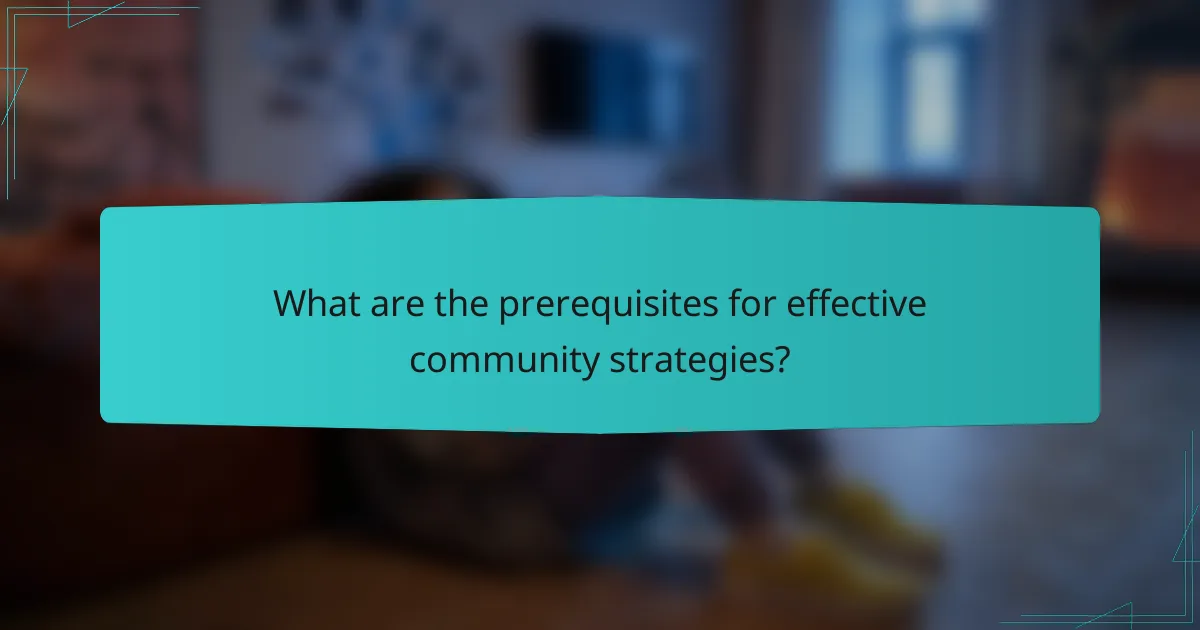
What are the prerequisites for effective community strategies?
Effective community strategies require a clear understanding of your audience, a strong brand identity, and consistent engagement practices. These elements form the foundation for building loyalty and fostering meaningful connections within a music brand community.
Understanding your audience
To build a successful community, you must first understand who your audience is. This involves researching their demographics, preferences, and behaviors. Utilize surveys, social media analytics, and engagement metrics to gather insights that inform your strategy.
Consider creating audience personas that represent different segments of your community. This helps tailor your messaging and engagement tactics to resonate with various groups, enhancing the overall effectiveness of your community initiatives.
Developing a strong brand identity
A strong brand identity is crucial for community building. This includes defining your brand’s mission, values, and visual elements, which should align with the interests of your audience. A cohesive identity fosters trust and recognition, encouraging members to engage more deeply.
Ensure that your brand voice is consistent across all platforms, whether it’s social media, your website, or events. This consistency helps reinforce your identity and makes your community feel more connected to the brand.
Consistent engagement practices
Regular and meaningful engagement is key to maintaining an active community. Develop a content calendar that outlines when and how you will interact with your audience. This could include social media posts, newsletters, or live events.
Encourage participation by asking questions, hosting contests, or featuring user-generated content. Be responsive to comments and feedback, as this shows that you value your community’s input and fosters a sense of belonging.
